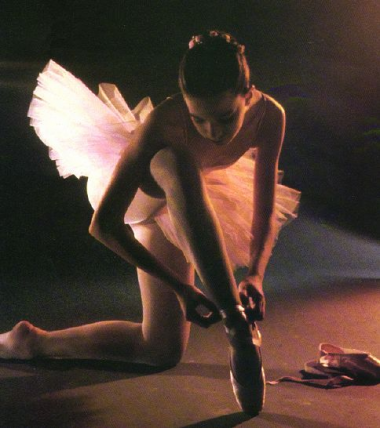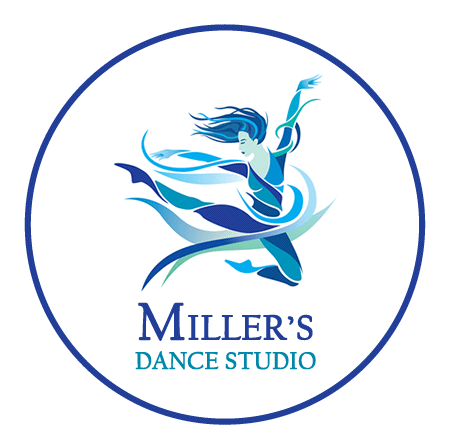REQUIREMENTS FOR STARTING POINTE

“Good attendance is crucial for a dancer to be successful on pointe. A good attitude and work ethic are equally important and dancers who display these qualities have a much easier and enjoyable time dancing on pointe.”
Going on pointe is a fun and exciting experience for a dancer but it requires a lot of hard work and discipline. We require that our dancers have reached Level 5 and prefer that they are taking ballet class a minimum of three times per week. Dancers must be at least eleven years old and must demonstrate that they have knowledge of the curriculum.
Proper placement is also very important for pointe work and is also one of the hardest concepts to master. Dancers must have strong centers in order to hold themselves safely up on pointe and their legs, ankles and feet must be strong in order to rise properly over the box of the pointe shoe. We look for dancers who can hold their correct ballet placement (center pulled in, long back, hips, shoulders and knees aligned, legs straight and turnout held without rolling in on the arches) throughout class. We also look at the strength of the ankles and feet to ensure that the dancer is able to rise up to a high releve without letting the ankle wobble or roll and while keeping the knees straight and the toes long.
All of this takes time and a lot of hard work. Good attendance is crucial for a dancer to be successful on pointe. A good attitude and work ethic are equally important and dancers who display these qualities have a much easier and enjoyable time dancing on pointe.
When dancers receive a letter from the studio stating they are ready to go on pointe they need to go and have pointe shoes properly fit at a dance store and then bring the shoes back to be checked by one of their ballet teachers at the studio. The teacher can show them how to properly sew on the ribbons and elastic and how to tie the shoe correctly (the knot should be on the inside of the ankle directly behind the ankle bone.) The ballet teacher can also help with any toe problems that are sure to arise when dancing on pointe, such as, blisters, corns and painful toenails. Making sure the dancer is wearing the proper amount of padding in the shoe often helps these problems. There are many types of pads available and it is important not to try and stuff too much padding into the shoe, as this often makes things worse rather than better.
Pointe shoes require time to be broken in and new pointe classes are designed to help with this process. Dancers start slowly at the barre with basic exercises until they reach a point where they are strong enough and confident enough to wear the shoes center floor. This often varies from dancer to dancer. Dancing on pointe is a very individualized thing and dancers tend to progress at different rates when they are new to pointe. It is important to keep this in mind and for dancers to work at a pace that is right for them. With hard work and dedication dancing on pointe can be a dream come true for a young dancer.

